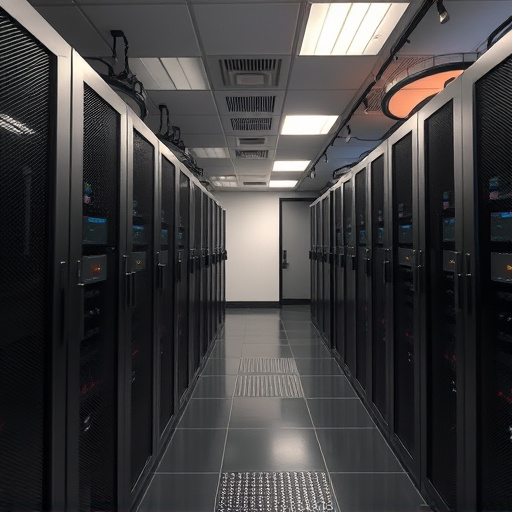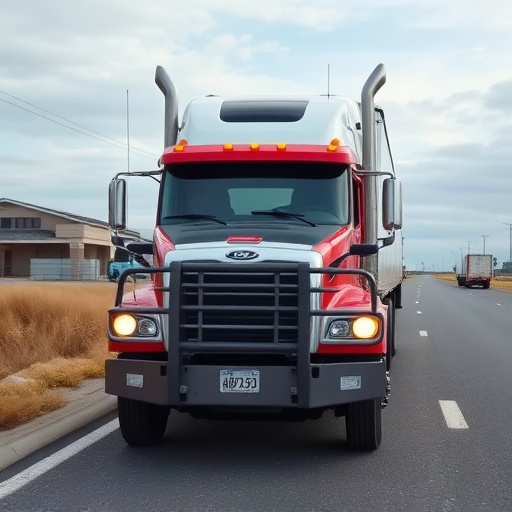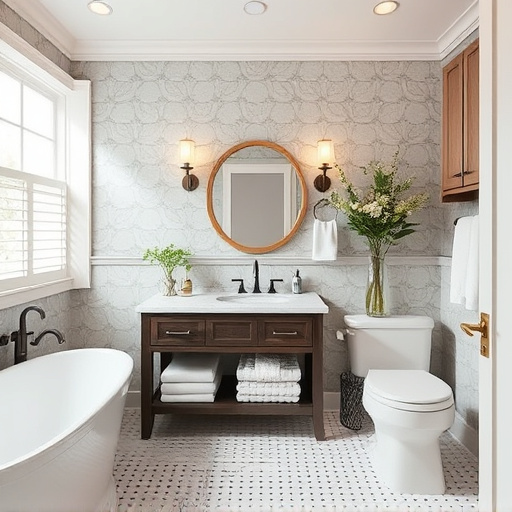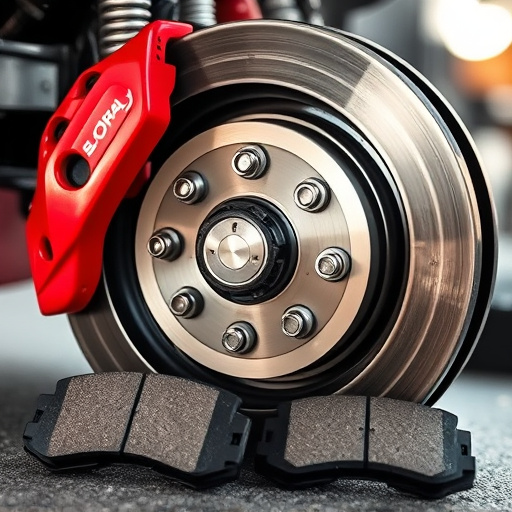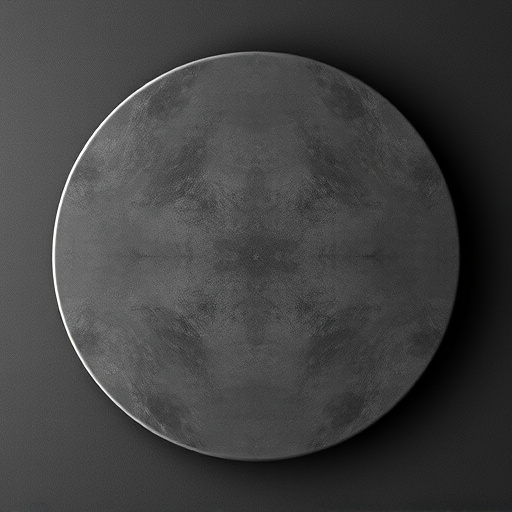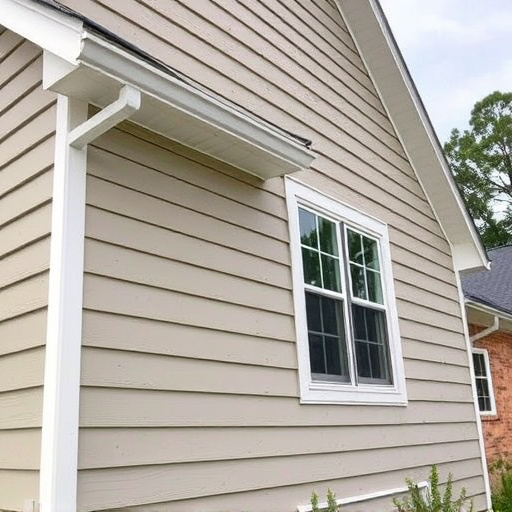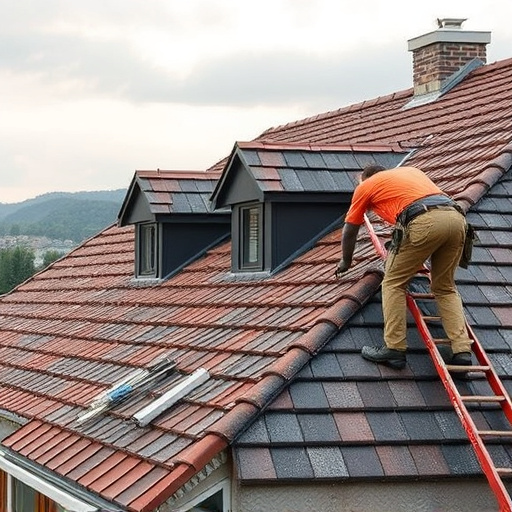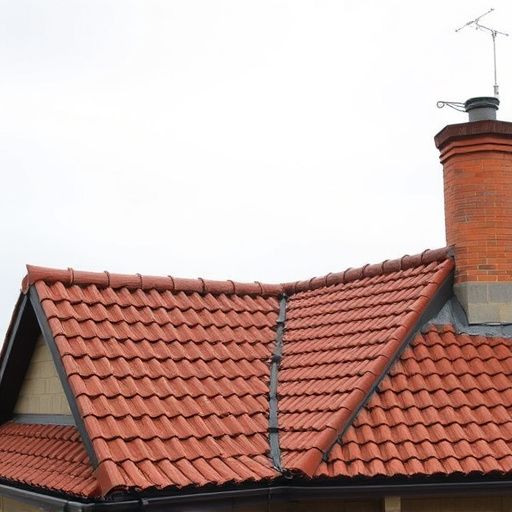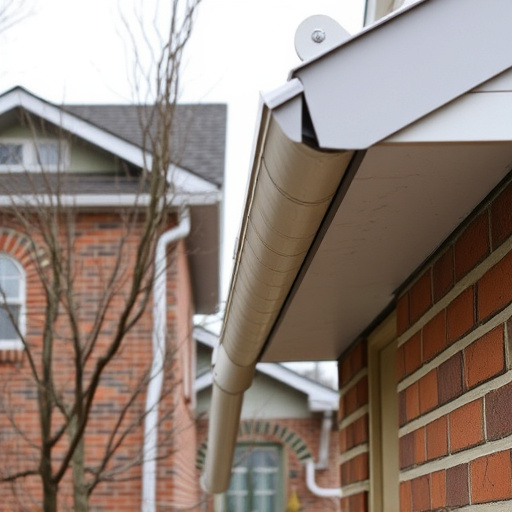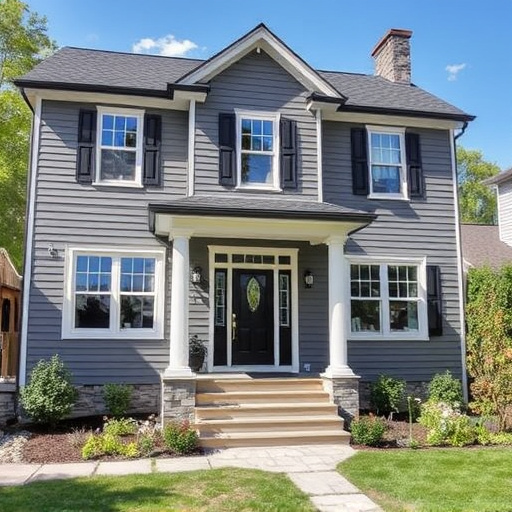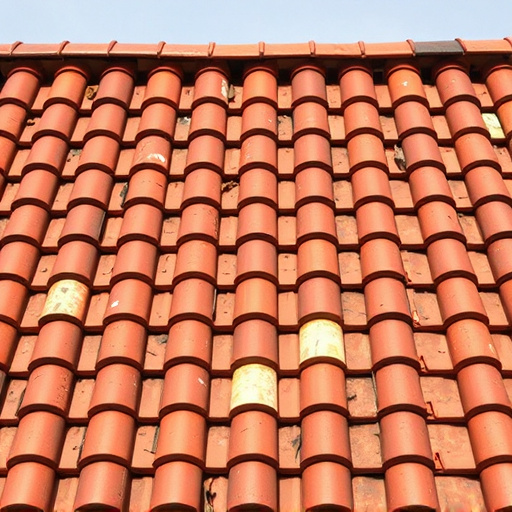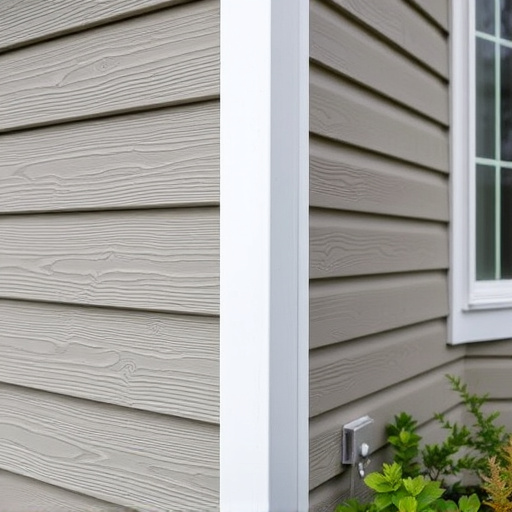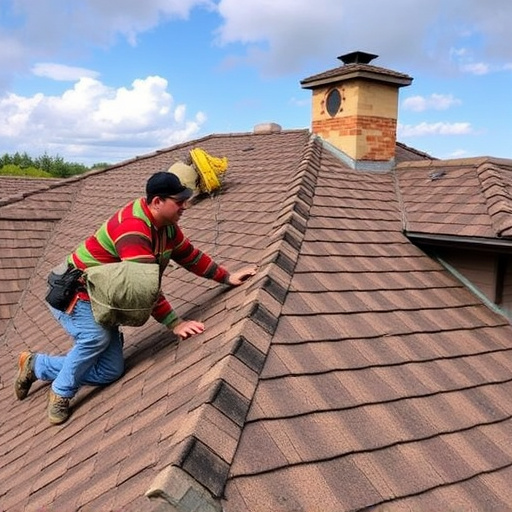Vinyl and fiber cement are popular siding replacement options with distinct advantages. Vinyl is durable, low maintenance, and cost-effective, ideal for many regions. Fiber cement offers a natural look, superior durability, and reduced maintenance, but is more expensive upfront. When deciding, consider climate, budget, and desired aesthetics; vinyl suits DIY projects, while fiber cement demands professional installation. Both provide long-term value, with fiber cement offering better storm protection and reduced replacement cycles.
Considering siding replacement? We’re breaking down the battle between vinyl and fiber cement siding. Both offer durability, but they differ in aesthetics, price point, and maintenance requirements. This guide will help you understand the unique features and benefits of each, explore crucial factors for your decision, and conduct a cost-analysis to ensure long-term performance satisfaction for your siding replacement project.
- Understanding Vinyl and Fiber Cement Siding: Features and Benefits
- Factors to Consider When Choosing Between Vinyl and Fiber Cement for Replacement
- Cost Analysis and Long-term Performance Comparison
Understanding Vinyl and Fiber Cement Siding: Features and Benefits
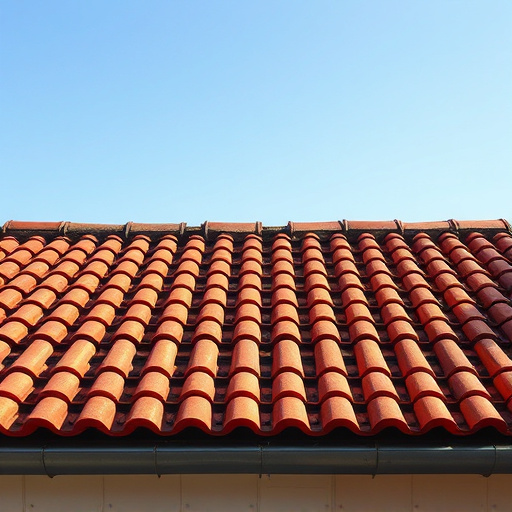
Vinyl and fiber cement are two popular choices for siding replacement, each with its own unique advantages. Vinyl siding is known for its durability and low maintenance requirements. It’s made from flexible PVC material, which makes it resistant to chipping, cracking, and fading. This type of siding also provides excellent insulation, helping to regulate indoor temperatures and reduce energy costs.
On the other hand, fiber cement siding offers a more natural look with a wide range of colors and styles to mimic traditional materials like wood or stone. It’s composed of a mixture of cement, cellulose fibers, and mineral additives, making it highly durable and resistant to rot, mold, and fire. The installation process for both options varies depending on the project scope—from DIY projects for residential siding installation to commercial roofing and siding replacement endeavors that require professional expertise in siding replacement.
Factors to Consider When Choosing Between Vinyl and Fiber Cement for Replacement
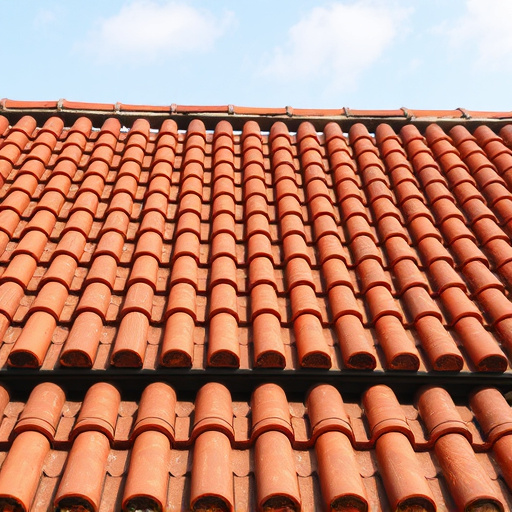
When considering vinyl versus fiber cement for your siding replacement project, several key factors come into play. First and foremost, think about your climate and weather conditions. Vinyl is a more versatile material that can withstand varying temperatures and humidity levels, making it suitable for many regions. On the other hand, fiber cement is particularly well-suited to areas with high winds or extreme temperature fluctuations due to its superior strength and durability.
Additionally, consider your budget and maintenance preferences. Vinyl siding typically offers a lower upfront cost and requires minimal upkeep, as it’s resistant to fading, cracking, and peeling. Fiber cement, while more expensive initially, can last for decades without rotting or attracting pests. It also has an authentic wood-like appearance that some homeowners prefer, and it requires less frequent painting compared to vinyl.
Cost Analysis and Long-term Performance Comparison
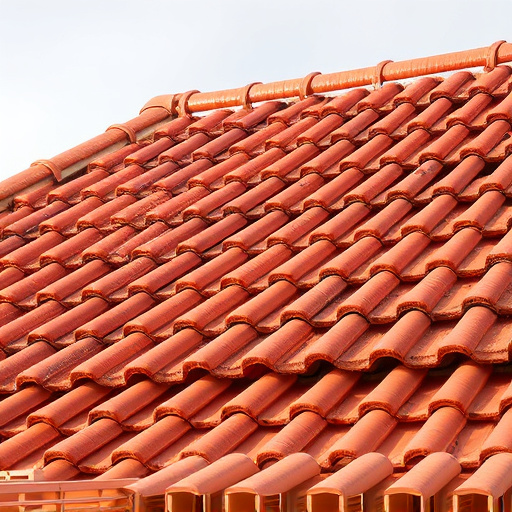
When comparing vinyl and fiber cement for siding replacement, cost is a significant factor. Initially, vinyl siding tends to be more affordable than fiber cement, making it an attractive option for homeowners on a budget. However, over time, the disparity in price becomes less pronounced when factoring in long-term performance and durability. Fiber cement siding, though initially more expensive, offers superior resistance to weathering, chipping, and fading, potentially reducing the need for future repairs or replacements. This longevity translates into better value over the lifespan of the exterior home improvements, outweighing the initial cost difference.
In terms of storm damage repair, fiber cement siding has proven more resilient. Its robust composition can withstand harsh weather conditions, including high winds and heavy rain, without succumbing to damage as easily as vinyl. While both materials offer good insulation, fiber cement’s strength makes it a superior choice for areas prone to extreme climates or frequent storms. This durability not only ensures the integrity of your home’s exterior but also reduces the likelihood of needing to replace siding due to storm-related incidents, thereby offering better long-term savings in conjunction with roof replacement or other exterior home improvements.
When considering siding replacement, both vinyl and fiber cement offer viable options with distinct advantages. Vinyl excels in ease of installation, low maintenance, and excellent color variety, making it a popular choice for those seeking a quick, hassle-free upgrade. On the other hand, fiber cement siding is renowned for its durability, fire resistance, and environmental friendliness, offering long-term performance and peace of mind. Ultimately, the decision depends on individual preferences, budget, and specific climate conditions, ensuring either option provides attractive, sustainable results for siding replacement projects.
